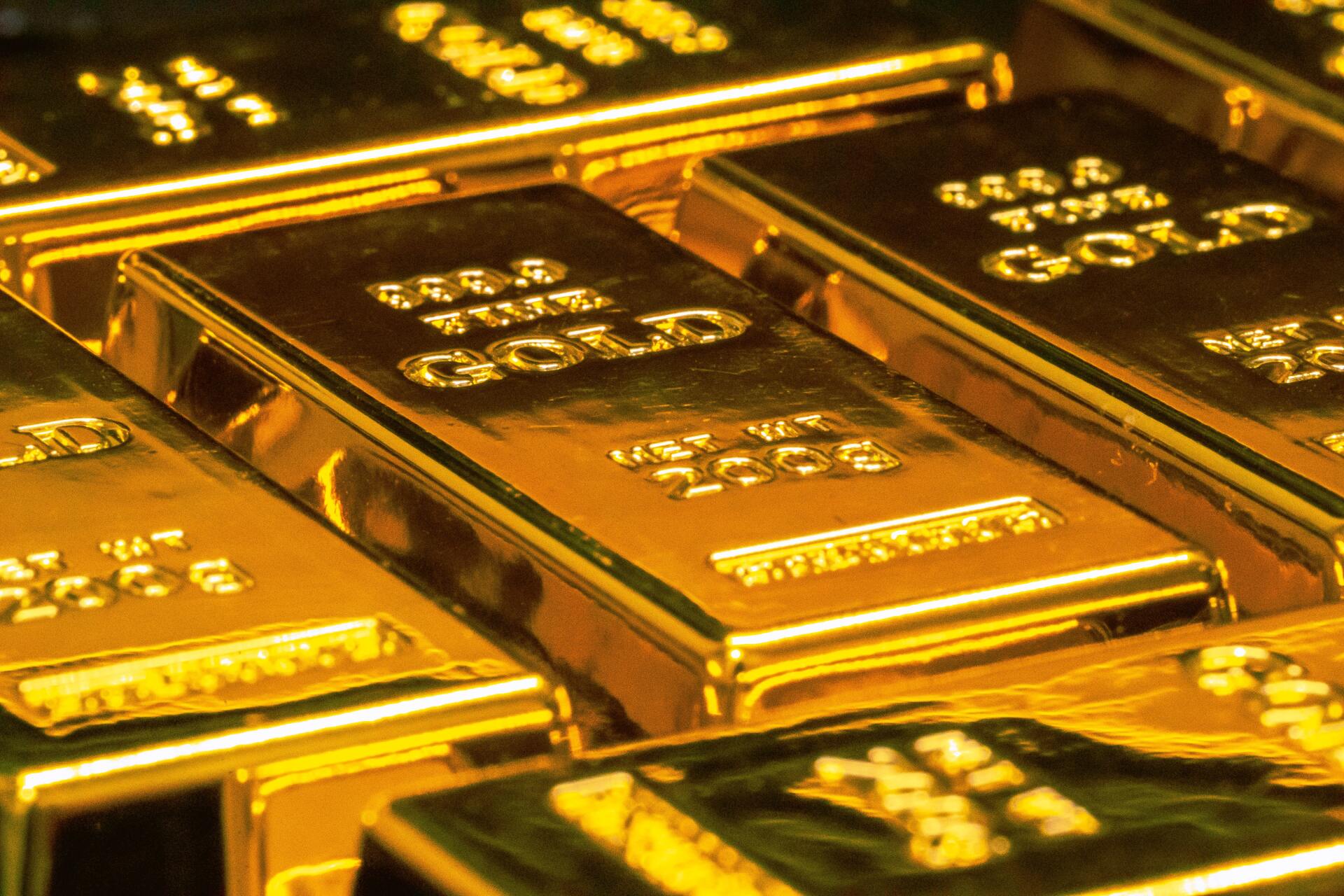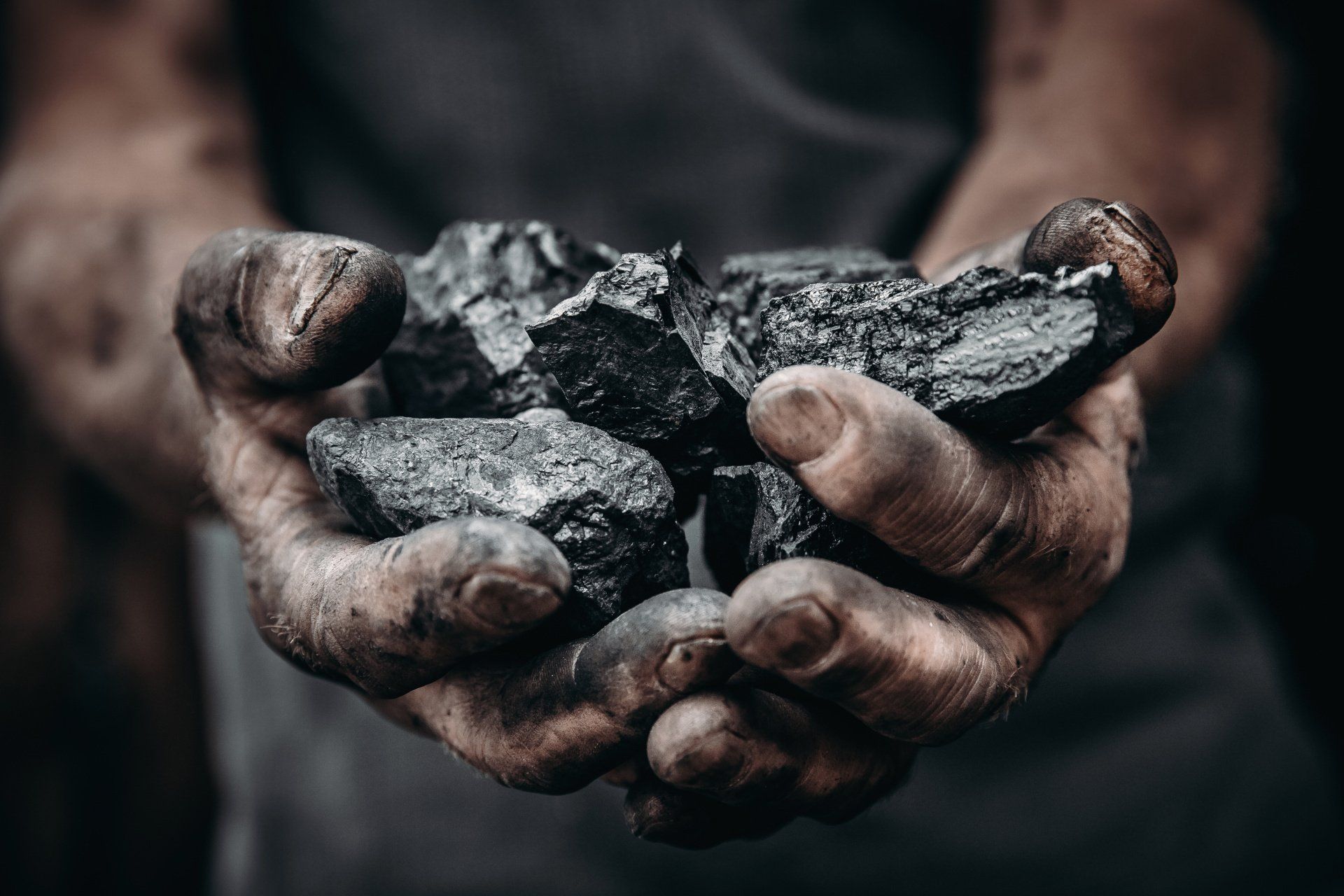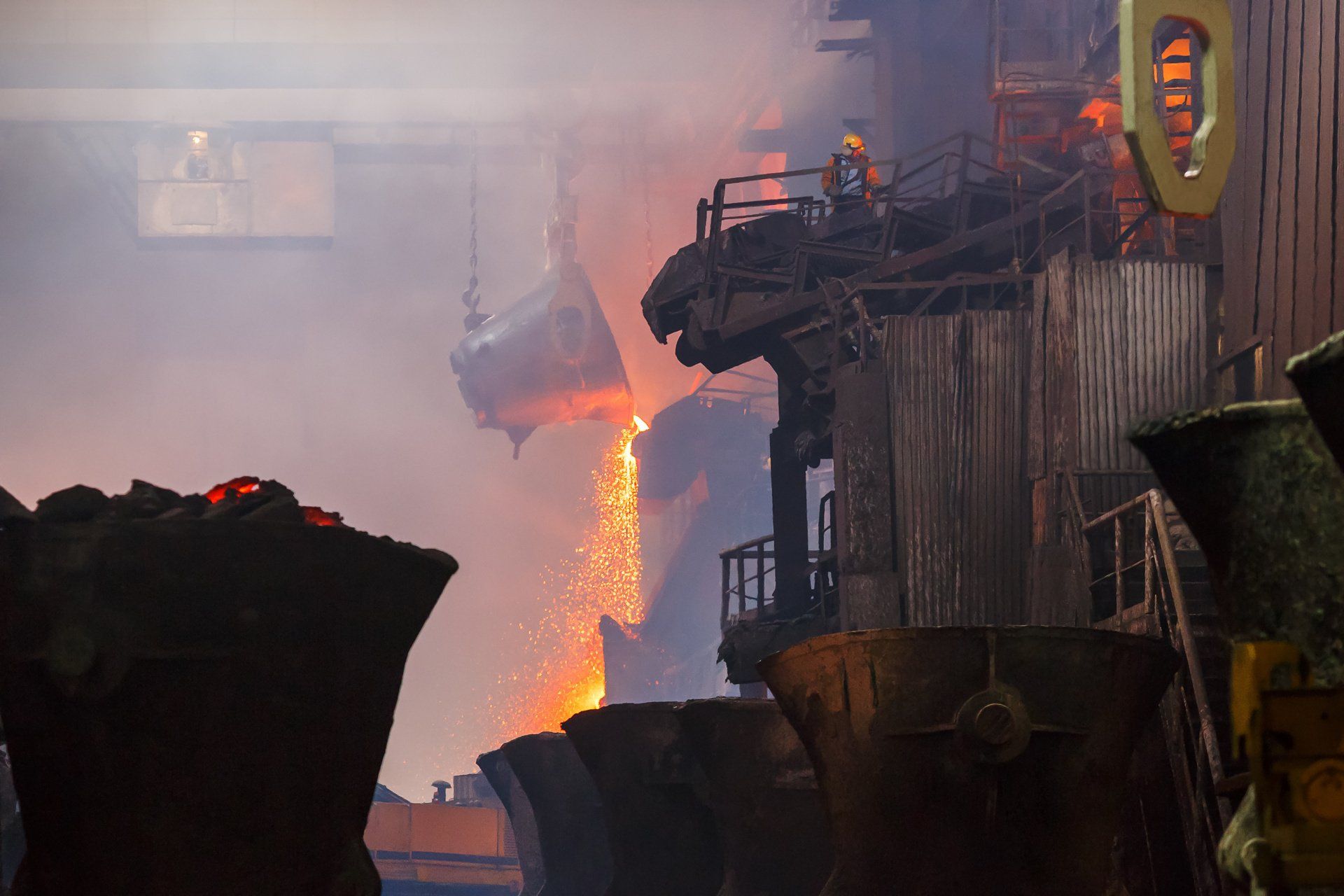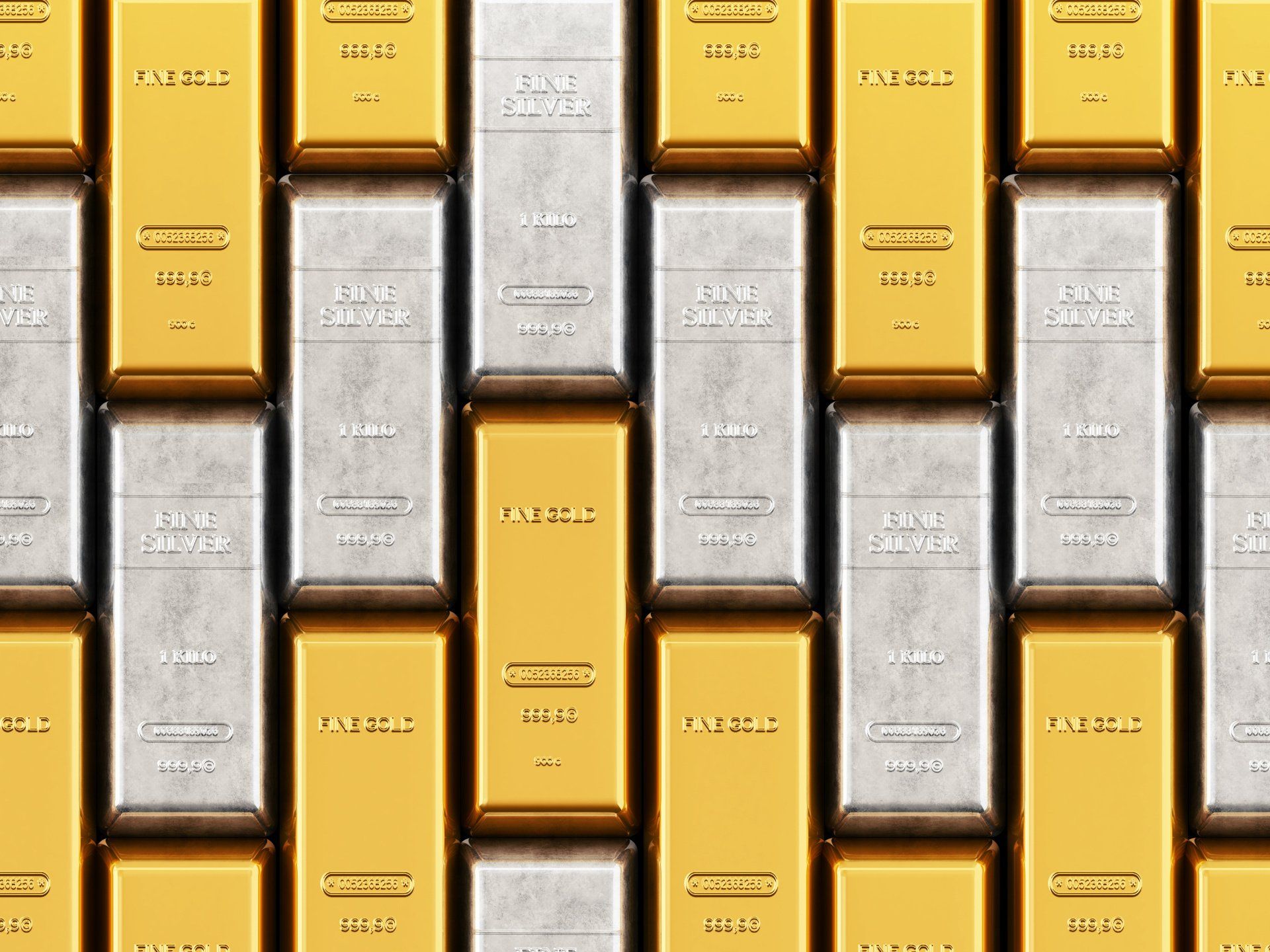Contact Us
020 3350 1471
GLOBAL
PACIFIC SERVICES
Zinc Trading: What You Need to Know
Did you know, in 2020, approximately 13.2 million metric tons of zinc were consumed worldwide? Because of the heavy consumption of zinc, it is one of the most widely produced metals. It's the fourth most used metal in the world after steel, aluminium and copper, and plays an important role in the automotive and construction industries thanks to its anti-corrosive properties. Zinc, like steel, can also be indefinitely recycled, reducing the need to mine and extract the metal from ores
Global Pacific Services has been growing its connections to the Zinc industry over the past few years as demand has increased globally. It has been important for us to develop a footprint from producers to traders worldwide and to advance our consultants understanding of this niche industry.
So without further ado, let's breakdown what zinc is, how its traded and who the customers for zinc are.
What is Zinc?
Zinc is a naturally occurring element found in the earth’s crust, normally in association with other metals including copper, gold and silver. Approximately 70% of the world’s zinc is produced from mining while the rest (30%) comes from recycling secondary zinc.
Sphalerite (zinc sulphide) is the most commonly encountered zinc mineral and the most important ore of zinc. Zinc concentrate is produced through concentrating the sphalerite using the froth flotation method - the most widely used method for ore separation.
But what happens in froth flotation? Minerals are separated from the gangue (commercially insignificant material surrounding the mineral in an ore deposit) by grinding the ore down into grains which are then mixed with water to form a slurry. The addition of a surfactant or collector chemical to the slurry renders the desired mineral hydrophobic so when the mixture is agitated, the hydrophobic particles attach to air bubbles and rise to the surface forming a froth. The froth removed from the tank produces a concentrate of the target mineral, normally zinc sulphide in zinc production.
The zinc concentrate is converted into pure zinc through smelting, either the pyrometallurgical or electrolysis process although electrolysis is the most widely used method. Metallic zinc deposit (pure zinc) which forms on the cathodes during smelting is melted down, cast and sold as ingots to customers worldwide.
While some mines produce primarily zinc, there are mines which produce it as a side-product when processing a different metal which had a higher concentration in the mined ore. Commercially pure (99.995% purity minimum) zinc is also known as ‘Special High Grade Zinc’.
For a list of the largest zin mines in the world, click HERE. Number 9 on the list will surprise you!
How is Zinc Traded?
Zinc mines are scattered throughout the world with Australia, China and Peru being the principal producers of the metal. Australia currently owns the largest zinc reserves worldwide - an estimated 69 million metric tons. Other countries with significant reserves include China, Russia, and Mexico. According to recent research, China was the global top producer of zinc from mines, with 4.2 million tonnes or 35% of the global total. The top zinc mining companies include:
- Vedanta Resources
- Glencore
- BHP
- Teck Resources
- Sumitomo
- Nexa Resources
- Boliden AB
- China Minmetals
And the top zinc smelting companies include:
- Nyrstar
- Glencore
- Boliden
- Hindustan Zinc Ltd
- Nexa Resources
On the financial markets, zinc is traded in terms of futures and options contracts on the London Metal Exchange (LME) and Chicago Mercantile Exchange (CME) but with increasing demand other exchanges are likely to add similar contracts to their services.
Who are the Customers?
The top customers in the trading of zinc include:
- Alloy makers (e.g. brass and bronze production)
- Battery manufacturers
- Die-casters
- Fertiliser companies
- Galvanising plants (primarily in automotive and construction industry galvanisation)
- Pharmaceutical companies
- Steel mills
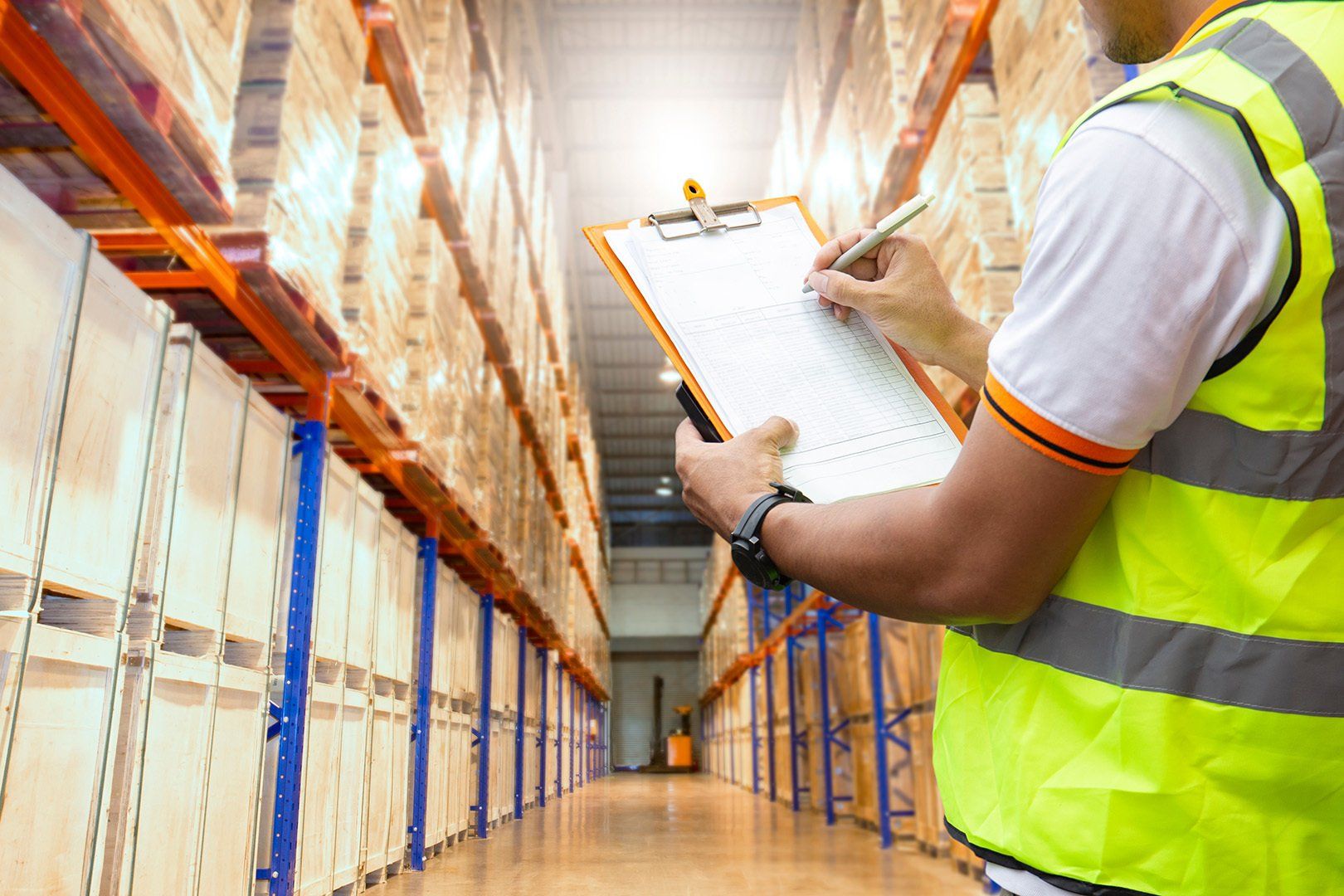
Easily contact us on
All Rights Reserved | Global Pacific Services





